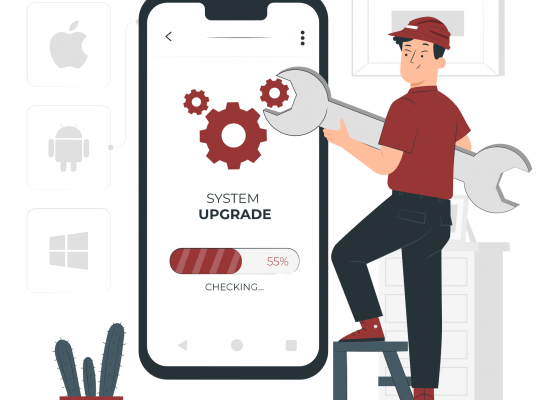Crafting an effective prompt for advanced machine learning models, such as GPT-4, is crucial for obtaining the desired output. The TRACE framework provides a structured approach to design prompts that guide the AI to produce accurate and contextually relevant responses. Let’s delve into the TRACE (Task, Role, Attributes, Context, Extra/Examples) method:
Task:
Definition: The specific challenge or task you want the AI to tackle. It sets the primary objective for the AI.
Example: Answering a question, writing an essay, or generating a poem. The task should be explicit and straightforward.
Role
Definition: The role you expect the AI to assume. It helps in shaping the tone and style of the AI’s output.
Example: If the AI is to act as an assistant, teacher, or storyteller, the responses will be tailored accordingly.
Attributes
Definition: Specific guidelines on how the task should be executed. It can encompass the desired response length, format, style, and more.
Example: If you want a concise, formal response in bullet points, you’d specify these attributes.
Context
Definition: Background information or the scenario in which the task is set. It aids the AI in generating pertinent and precise answers.
Example: If the task is to write about the Renaissance, providing context about it being an art movement in Europe will guide the AI’s response.
Extra/Examples
Definition: Additional instructions or requests that may not fit into the primary TRACE categories.
Examples:
Disregard Prior Inputs: Instruct the AI to overlook previous context, ensuring its answer relies only on the present prompt.
Clarifying Questions: Allow the AI to ask for clarity if the prompt seems vague or if it requires more details for a thorough answer.
Evidence-Based Responses: Ask the AI to provide evidence or reasoning behind its answers.
By employing the TRACE method, you can harness the full potential of AI models like GPT-4, ensuring that their responses align closely with your expectations.
Using the TRACE Method for Classroom Assignments with AI Assistance
Scenario: Mrs. Smith, a history teacher, wants to use an AI model like GPT-4 to generate a brief overview of the Renaissance period for her 8th-grade students. She wants the content to be engaging, concise, and suitable for her students’ age group. Here’s how she would structure her prompt using the TRACE method:
Task:
Definition: Generate a concise overview of the Renaissance period.
Example Prompt: “Provide a brief summary of the Renaissance period.”
Role:
Definition: The AI should act as a history educator tailored for middle school students.
Example Prompt: “Imagine you are a history teacher explaining the Renaissance to 8th-grade students.”
Attributes:
Definition: The overview should be engaging, written in simple language, and no longer than three paragraphs.
Example Prompt: “Ensure the summary is engaging, uses simple language, and is limited to three paragraphs.”
Context:
Definition: The Renaissance was a cultural movement that spanned roughly the 14th to the 17th century, starting in Italy and later spreading to the rest of Europe.
Example Prompt: “Focus on the Renaissance as a cultural movement from the 14th to the 17th century, originating in Italy.”
Extra/Examples:
Definition: The AI should highlight key figures and their contributions, and avoid diving deep into complex political events.
Example Prompts:
“Highlight a few key figures and their contributions.”
“Avoid discussing complex political events in detail.”
Final Combined Prompt for the AI: “Imagine you are a history teacher explaining the Renaissance to 8th-grade students. Provide a brief summary of the Renaissance period, focusing on it as a cultural movement from the 14th to the 17th century that originated in Italy. Ensure the summary is engaging, uses simple language, and is limited to three paragraphs. Highlight a few key figures and their contributions, but avoid discussing complex political events in detail.”






